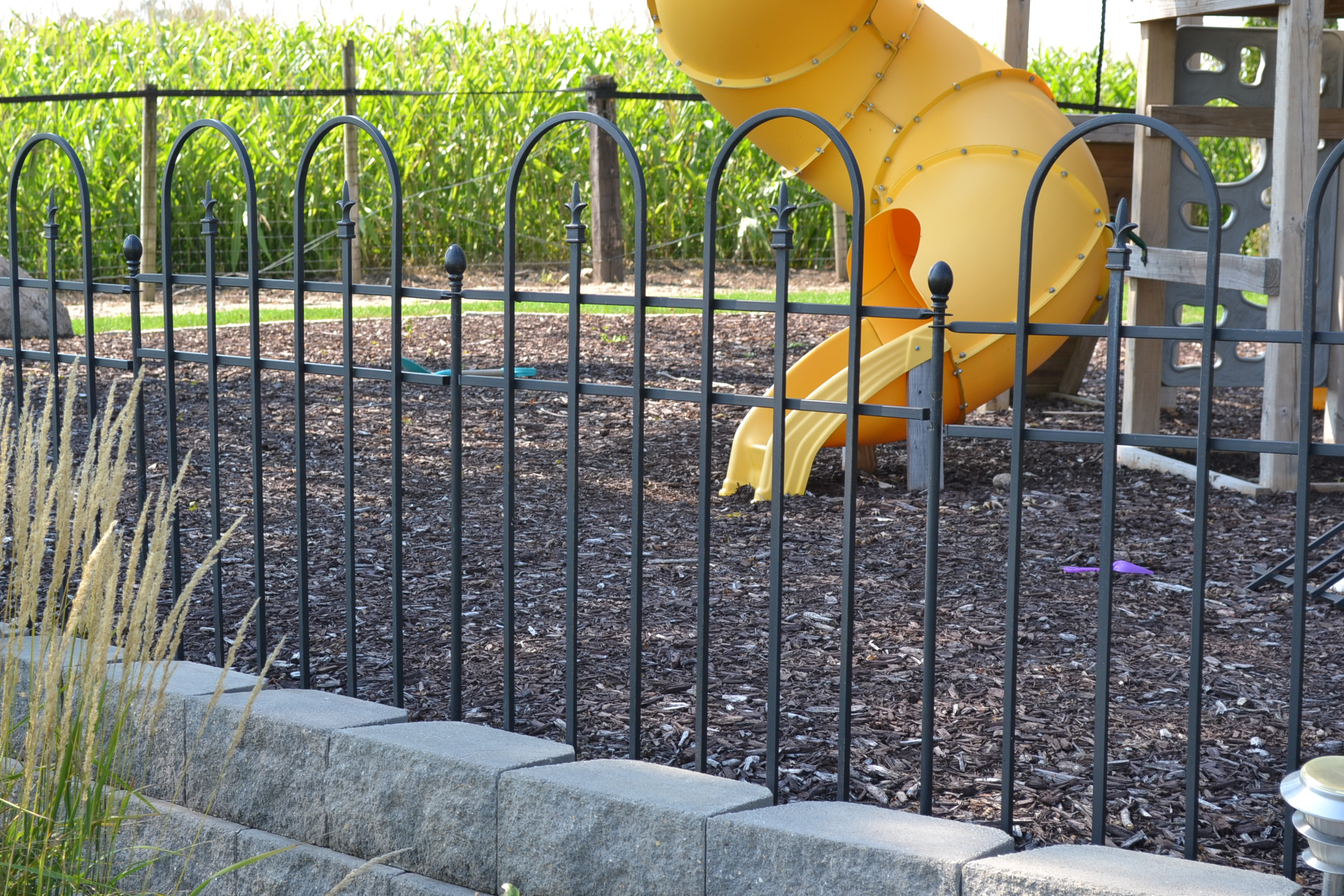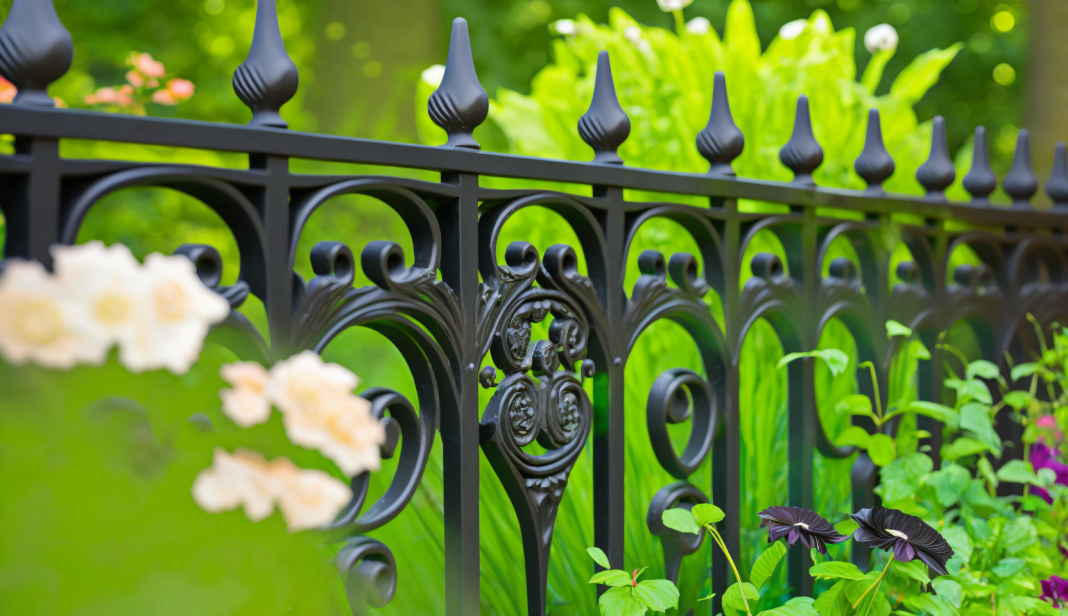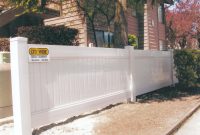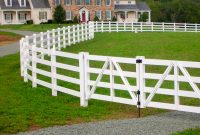 Decorative Metal Garden Ornamental Aluminum Fence Fencing Home Art throughout measurements 2304 X 1536
Decorative Metal Garden Ornamental Aluminum Fence Fencing Home Art throughout measurements 2304 X 1536Ornamental Metal Garden Fences: Enhancing Beauty, Security, and Sustainability – Ornamental metal garden fences are decorative barriers designed to enhance the visual appeal of garden spaces while providing security and delineating boundaries. These fences are famous for their durability, low maintenance, and diverse design options. This comprehensive guide will explore the various materials, designs, styles, installation techniques, and maintenance requirements for ornamental metal garden fences. Additionally, we will discuss eco-friendly options, cost considerations, and the importance of security and privacy in your garden.
Materials
Three common materials used for ornamental metal garden fences include wrought iron, steel, and aluminum. Each material has unique properties and advantages:
- Wrought Iron: Known for its classic look and strength, wrought iron is ideal for those seeking a traditional, timeless aesthetic. However, it can be more expensive than other materials and is susceptible to rust if improperly treated and maintained.
- Steel: Robust and heavy, steel is a popular choice for those looking for added strength and durability. While it requires more maintenance than aluminum, steel fences can withstand harsh weather conditions and last for decades if properly cared for.
- Aluminum: Lightweight and rust-resistant, aluminum is a more affordable alternative to wrought iron and steel. It is easier to install and requires minimal maintenance, making it an attractive option for homeowners seeking convenience and longevity.
Designs and Styles
Ornamental metal garden fences come in various designs and styles, from traditional to modern aesthetics. Popular design styles include Victorian, Gothic, Art Deco, and Contemporary:
- Traditional Styles: These designs often feature intricate scrollwork and patterns that evoke a sense of history and elegance. Wrought iron is a popular choice for traditional designs, as it can be easily molded into elaborate shapes and motifs.
- Modern Designs: For those seeking a sleeker, more minimalist look, modern designs often incorporate clean lines, geometric shapes, and a streamlined appearance. Aluminum and steel are popular materials for these styles, as they can be easily manipulated to create contemporary patterns.
- Customization Options: Many manufacturers offer custom ornamental garden fences, allowing homeowners to personalize their fence design to suit their preferences and garden style. Customization options may include materials, colors, patterns, and decorative accents, such as finials or post caps.

Installation and Maintenance
Proper installation and maintenance are crucial for the longevity and stability of your ornamental metal garden fence:
- In-ground vs. Surface Mounting: In-ground mounting involves securing the fence posts into concrete footings, providing stability, and ensuring the fence can withstand harsh weather conditions. Surface mounting attaches the posts to a solid surface, such as a patio or deck, which may be more convenient but offer a different level of stability.
- Maintenance Tips and Requirements: Regularly inspect your fence for signs of rust or damage and promptly address any issues to ensure its longevity. Clean your fence with mild soap and water, then rinse with a garden hose to maintain its appearance.
Eco-friendly and Sustainable Choices
Making environmentally-conscious choices is becoming increasingly important for many homeowners. Here are some ways to choose a more sustainable ornamental metal garden fence:
- Recycled Materials: Some companies offer fencing options made from recycled metal, reducing the environmental impact of your fence.
- Low VOC Coatings: Opt for lower VOC (volatile organic compound) emissions to minimize air pollution and create a healthier environment.
- Local Manufacturers: Choosing a local manufacturer can reduce the carbon footprint of your fence by minimizing transportation and shipping emissions.
Cost and Affordability
The cost of an ornamental metal garden fence varies depending on factors such as material, design, height, and installation method. On average, prices can range from $25 to $300 per linear foot. Custom designs and premium materials will typically be more expensive. To find affordable options, consider the following tips:
- Compare Quotes: Obtain quotes from multiple manufacturers and installers to find the best deal for your budget.
- Choose a Simple Design: More intricate designs often have a higher price tag. Opt for a more straightforward design to reduce costs while enhancing your garden’s aesthetic appeal.
- DIY Installation: If you’re handy, consider installing the fence yourself to save on labor costs. Be sure to follow the manufacturer’s guidelines and any local regulations.
Security and Privacy
In addition to providing an aesthetically pleasing garden boundary, ornamental metal garden fences can also enhance security and privacy:
- Material Strength and Durability: Sturdier materials, such as wrought iron and steel, offer added security by deterring intruders and protecting your garden from unwanted visitors.
- Height Considerations: Taller fences (4-6 feet) can provide increased privacy and security, while shorter fences (2-3 feet) are more suitable for purely decorative purposes.
- Additional Security Features: Add lockable gates, security cameras, or motion-activated lights to enhance your garden’s security further.
Conclusion
Choosing the right ornamental metal garden fence can enhance your garden’s beauty, security, and sustainability. By exploring the various materials, designs, styles, and customization options available, you can find the perfect fence to suit your specific needs and preferences. Proper installation and maintenance will ensure the fence remains in excellent condition for years, providing aesthetic appeal and functionality.
Additional Resources
For more information on ornamental metal garden fences and installation tips, visit this helpful resource:
Family Handyman: Ornamental Metal Fencing (What To Know About Metal Fencing | The Family Handyman)
Considering all the factors discussed in this comprehensive guide, you can choose the best ornamental metal garden fence for your home. Whether you choose a traditional wrought iron design or a sleek, modern aluminum fence, you’ll add beauty, security, and sustainability to your garden space.
Frequently Asked Questions
To further assist you in your decision-making process, we’ve compiled a list of frequently asked questions about ornamental metal garden fences:
What is the best material for an ornamental metal garden fence?
The ideal material depends on your preferences, budget, and maintenance requirements. Wrought iron is best for a classic look and strength, steel for durability and modern designs, and aluminum for affordability and low maintenance.
How tall should my fence be?
The height of your fence depends on its purpose. Opt for a taller fence (4-6 feet) for increased security and privacy. A shorter fence (2-3 feet) may suffice if the primary objective is decorative.
How do I maintain my metal garden fence?
Inspect your fence regularly for signs of rust or damage and address any issues promptly. Clean the fence with mild soap and water, and rinse with a garden hose to maintain its appearance.
Are there eco-friendly options available?
You can choose from recycled materials, low VOC coatings, and local manufacturers to create a more sustainable, eco-friendly ornamental metal garden fence.
Case Studies and Testimonials
Understanding the experiences of other homeowners and landscape designers can be invaluable when choosing an ornamental metal garden fence. Here are some examples of successful installations and testimonials:
A homeowner in New England chose a custom wrought iron fence with intricate scrollwork to complement their historic colonial home. The fence enhanced the property’s curb appeal and provided a secure enclosure for their children and pets.
A landscape designer in California used a sleek aluminum fence with a modern design to create a visually striking contrast with the lush greenery in their client’s garden. The fence required minimal maintenance and stood up well against the coastal weather conditions.
A family in the Midwest opted for a steel fence with a classic picket design for their cottage-style garden. The fence provided privacy from neighbors while still allowing for an open and inviting atmosphere.
DIY Tips and Tricks
For homeowners interested in installing their own ornamental metal garden fences, consider these tips and tricks:
- Plan your fence layout carefully, accounting for gates, corners, and obstacles like trees or utilities.
- Research local regulations and obtain any necessary permits before starting your project.
- Follow the manufacturer’s guidelines for proper installation and maintenance.
- Use a string line or laser level to ensure your fence is straight.
- Add decorative accents like solar-powered post caps or climbing plants to personalize your fence and enhance its visual appeal.
Local Fencing Regulations and Permits
Before installing your ornamental metal garden fence, research local regulations and obtain any necessary permits:
- Check your city or county’s zoning ordinances for specific fence height, material, and setback requirements.
- Inquire about any homeowner’s association rules that may apply to your property.
- Obtain any required permits and adhere to local building codes during installation.
- By following these guidelines, you can ensure your fence installation is both legal and safe.
Call to Action
Take the first step toward enhancing your garden’s beauty, security, and sustainability by exploring ornamental metal garden fence options. Consult with professionals or conduct further research to find the perfect fit for your needs and preferences. Share your experiences with ornamental metal garden fences in the comments section or on social media to inspire others on their fencing journey.


